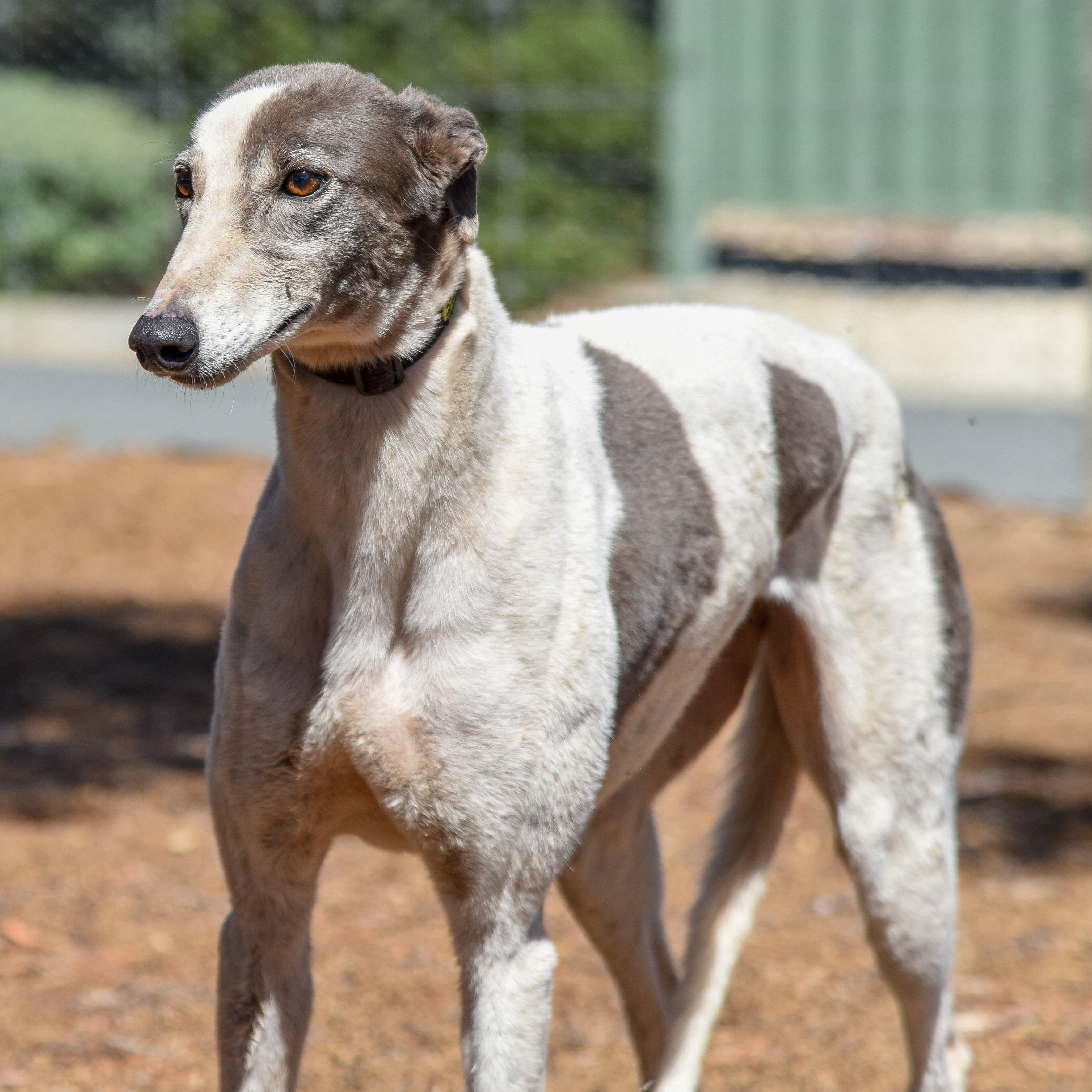Heat Stress & Heat Stroke
When summer arrives people are told to stay in the cool, drink lots of fluids, and avoid exercising in the heat of the day.
Despite our best efforts, people still tend to be affected, whether by dehydration, lack of sleep, or reduced appetite. But what affect does summer heat have on greyhounds, and what can we do to help them best cope?
Keeping Cool
Probably the biggest difference between us and greyhounds is the different ways in which our bodies work to maintain a stable operating temperature. For humans, body sweat is used to cool our skin, but greyhounds can’t sweat all over like we do, instead only sweating through glands on the pads of their feet and nose. Greyhounds instead rely on evaporative cooling from their respiratory system – panting to move air across wet membranes.
This system of cooling has limitations and has important consequences for the greyhound. Firstly, the evaporation can only occur if the humidity in the air allows it – the higher the humidity the less this system works. So when in a confined space such as a car, trailer or kennel, humidity can increase quickly as evaporated water from the greyhound stays in the air.
The second problem with this sort of cooling is that it can lead to huge losses of body fluids and can alter the acid-base balance in the dog’s blood from the increased amount of oxygen-carbon dioxide exchange in the lungs. These changes are hard to measure because you may not be able to actually see them.
What will you see?
- Heat Stress – panting, salivating, increased heart rate, listlessness, vocalisation/whining
- Heat Stroke – excessive or loud panting, thick saliva, vomiting, diarrhoea, wobbliness, strange behaviour, seizures, collapse, and death
What can you do?
- Stop all exercise
- Move to a shaded area or, ideally, into an air-conditioned area
- Provide plenty of cool, fresh water
- Provide plenty of ventilation to move evaporated fluid away and to drop the humidity levels
- Gently cool the greyhound – they can lay on wet towels, be wiped down or hosed with cool water. Make sure if you are using wet towels or ‘Cooling Coats’ that they feel cool to touch and that there is a breeze or ventilation as these methods rely on evaporation for their cooling effects too – if they dry out or there is no ventilation then it’s similar to wearing a blanket or rug.
- Avoid using iced water on the greyhound’s body as this can cause the blood vessels in the skin to contract, which will slow the cooling process down because the hot blood is no longer coming to the surface where it can lose heat. Iced water can be used on the feet though, and covered ice packs can be placed in between the dog’s thighs and in their ‘arm-pits’.
What if I think a greyhound is moving into heat stroke?
Heat stroke is more serious as there can be delayed complications due to organ damage. The priority is to lower the body temperature quickly, but care has to be taken not to cause hypothermia (too cold) in the process. Any dog with a rectal temperature over 41.6 degrees is considered dangerously hot.
These dogs need to be taken to the vet immediately, where cold intravenous fluids and cool water enemas can be done. The vet can also monitor for complications and give medications to aid in preventing some of the consequences of a body temperature that’s too high – such as brain swelling and shock.
Finally, monitor your greyhounds closely for the longer-term effects of hot weather. You need to be watching food intake, water intake, body weight and coat condition.
Meet our dogs ready for adoption
All greyhounds adopted from GAP are de-sexed, vaccinated, microchipped, wormed and health checked.
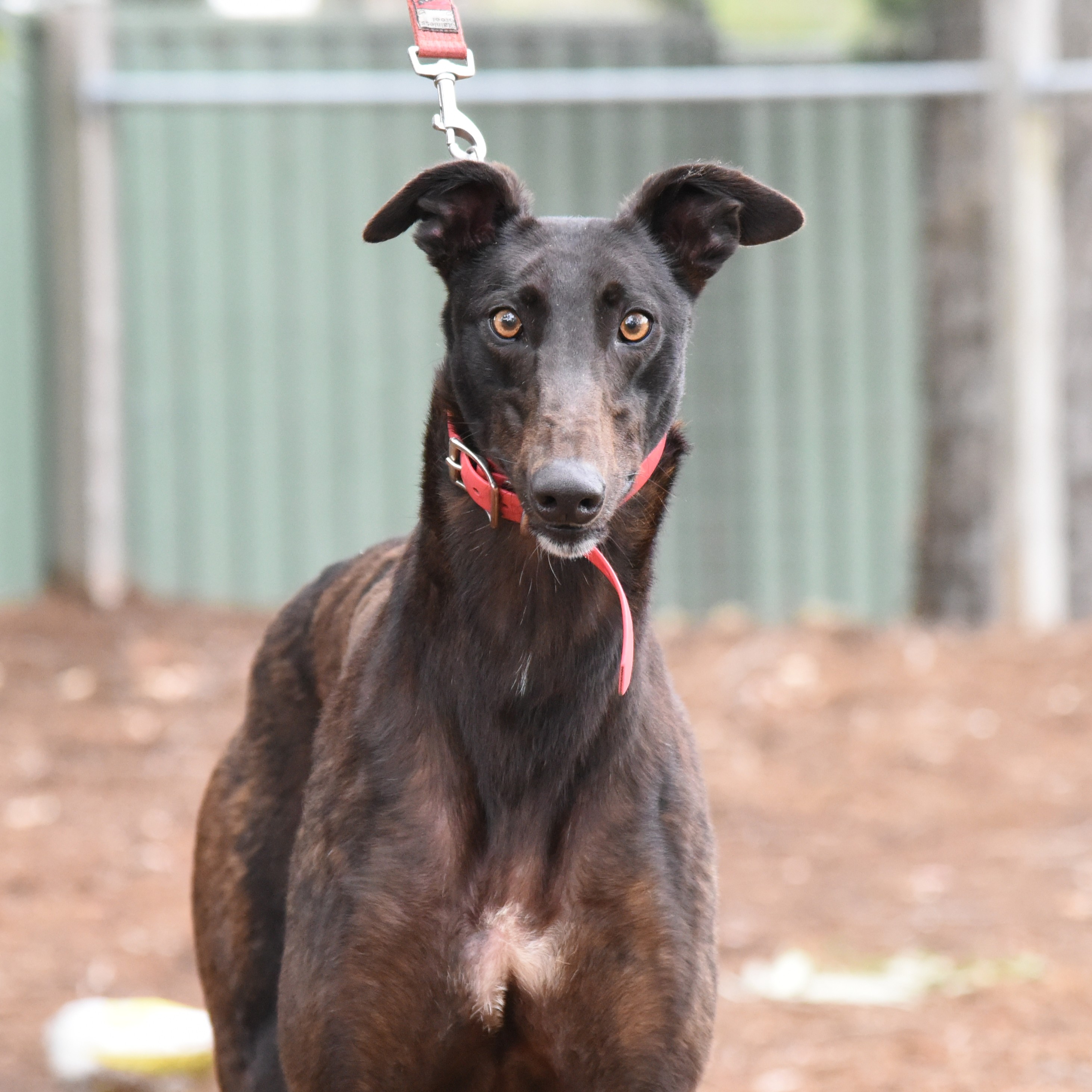
Pershing ARP
If you are looking for a smallish male greyhound, well look no further than Pershing! Pershing can act like an excitable goofy puppy upon first meeting him but then settles down and is a friendly and affectionate boy. Pershing may suit living with or without a canine pal of similar size and children aged 10 years and older. Due to his puppyish nature, he wouldn’t be suited to live in an apartment or with elderly.
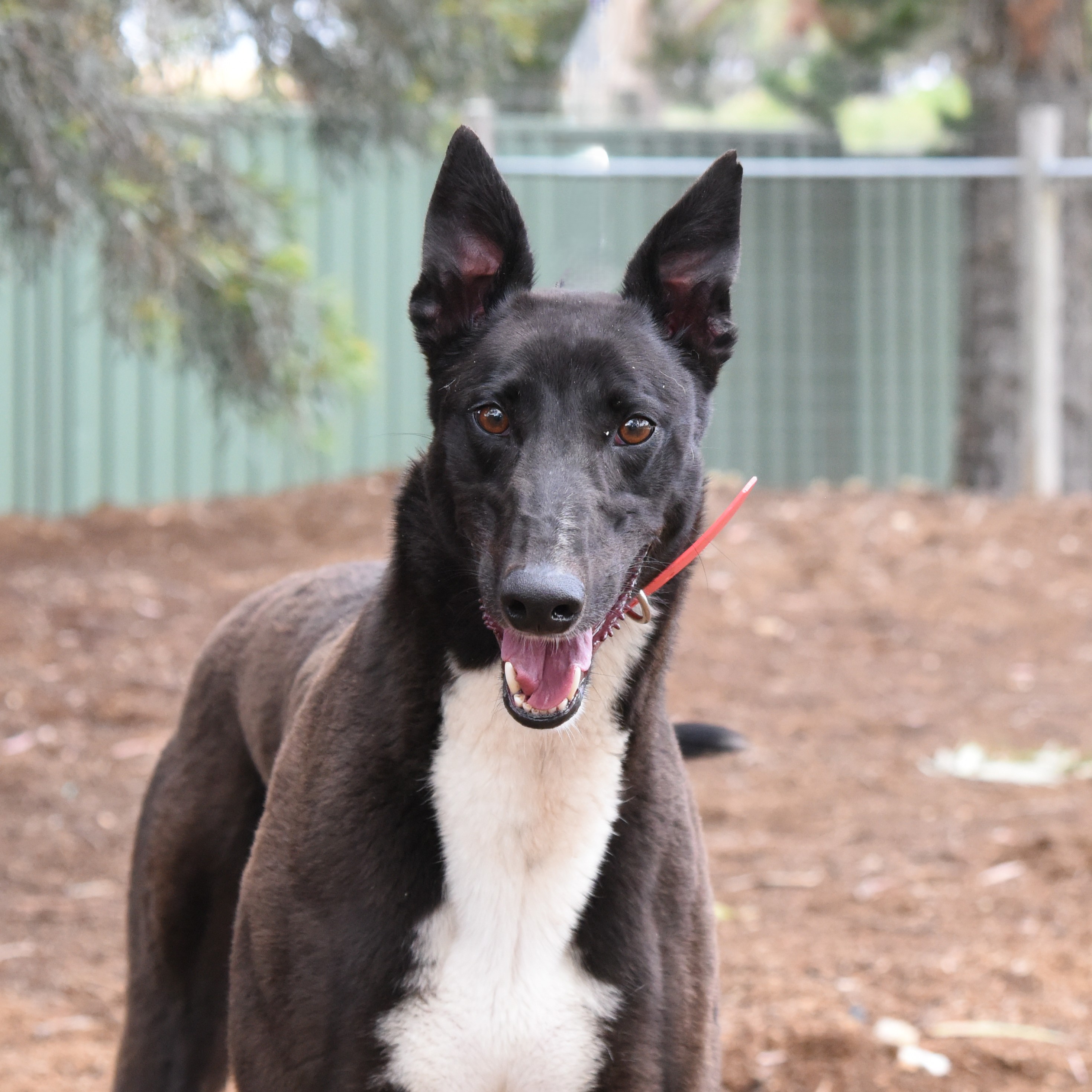
Jackson ARP
When you meet Jackson, you would think he is just a big goofy puppy! But once he gets his excitement out of the way he settles down and is a chilled boy, takes everything in his stride. Jackson may suit living with or without a robust canine friend of any size and children aged 10 years and older. He may do best in a home with a backyard to get his energy out of his system!

Pepper ARP
Pepper is full of life and personality plus! She not onlywill she make you smile from ear to ear and give you endless cuddles andkisses, but she is also totally gorgeous too! Pepper may suit living with orwithout a robust canine brother and children aged in their teenage years. Shewill likely need a backyard for her daily antics and zoomies.
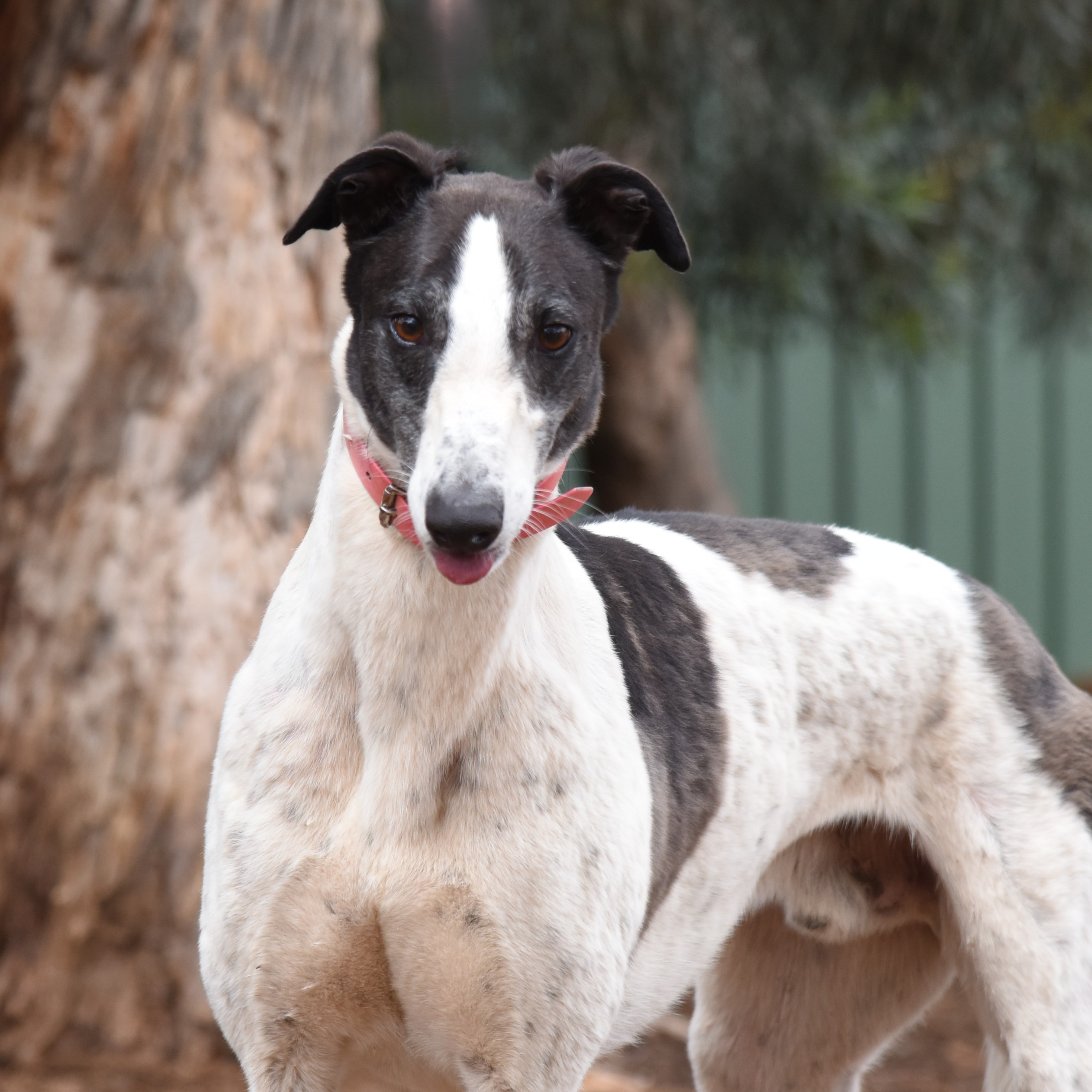
Duck ARP
Duck is as adorable as his name! Duck is not only good looking, but he is also super sweet and super affectionate! He has the whole package, including being potentially suitable for large dog-savvy children, robust dog of any size and he may even be OK for an apartment (as long as he gets his mental and physical stimulation daily- as any dog would need).

Shadow
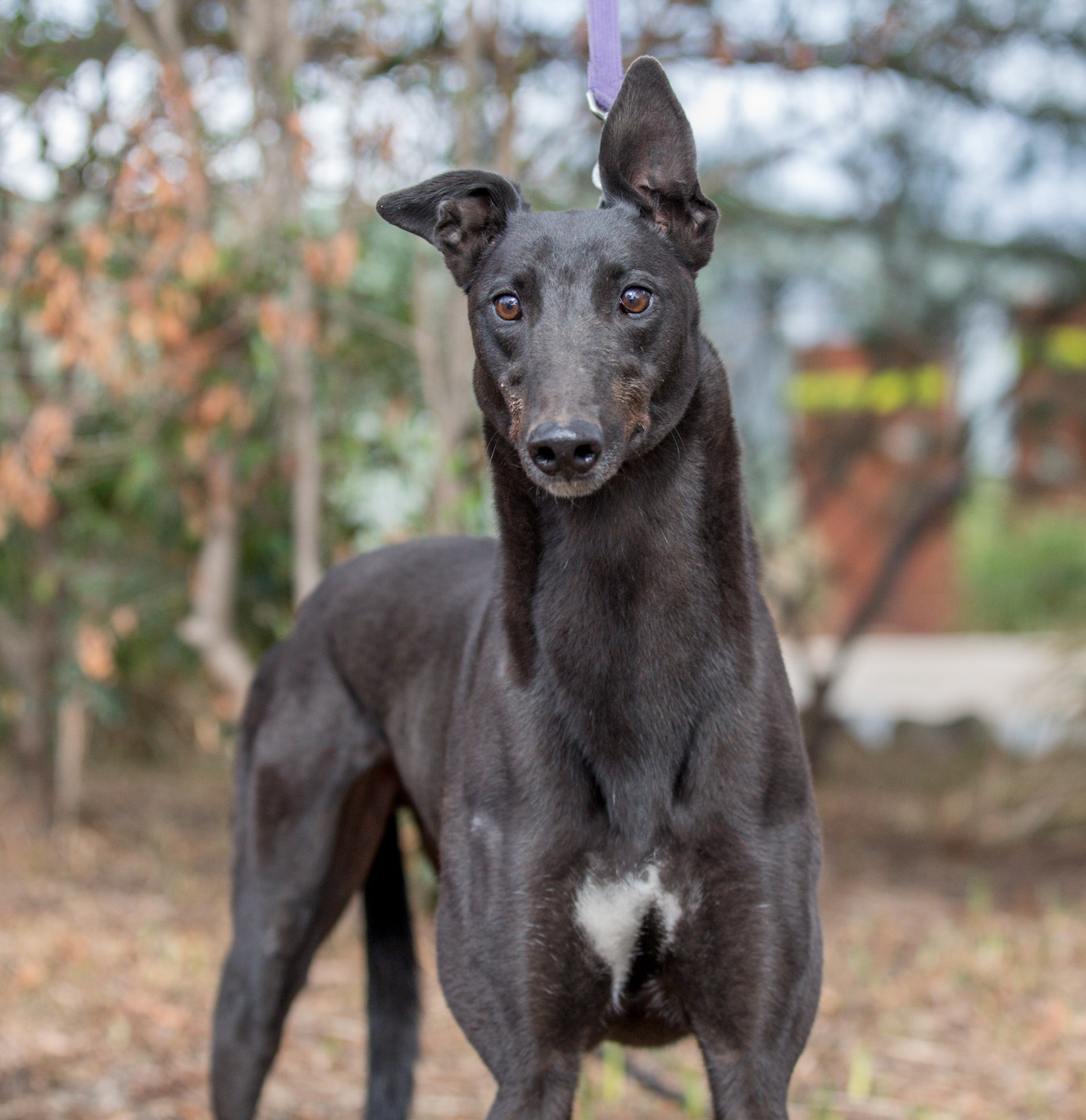
Little Ted
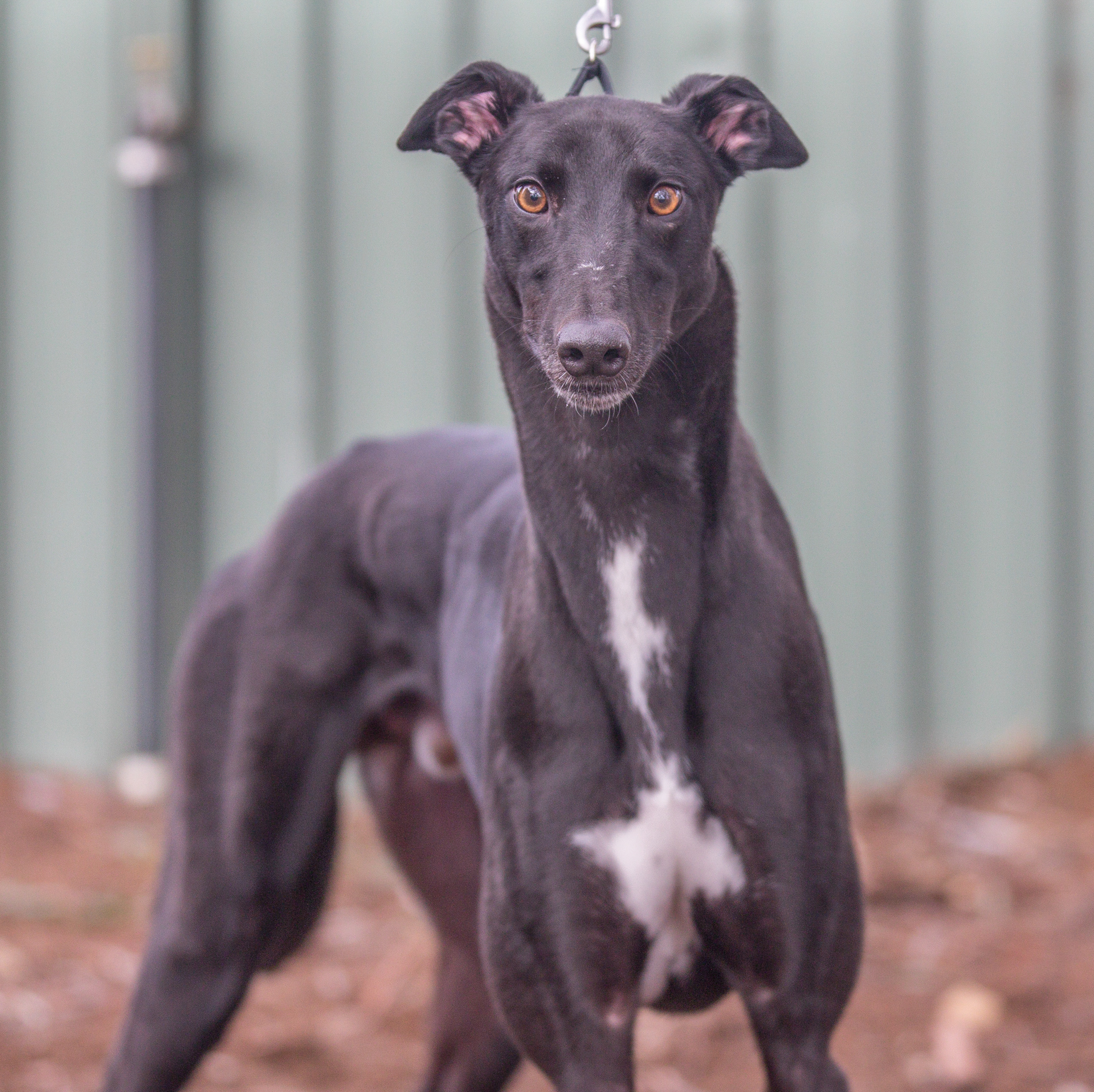
Fergus

Bridget ARP
Meet the extremely pretty and super sweet young girl, Bridget! Bridget is a little anxious and unsure at times but recovers well and wants to please and looks lovingly into your eyes. Bridget may suit living with or without a canine friend of any size that is calm, she would like a quiet life, with older children and would ideally suit a home with a backyard.
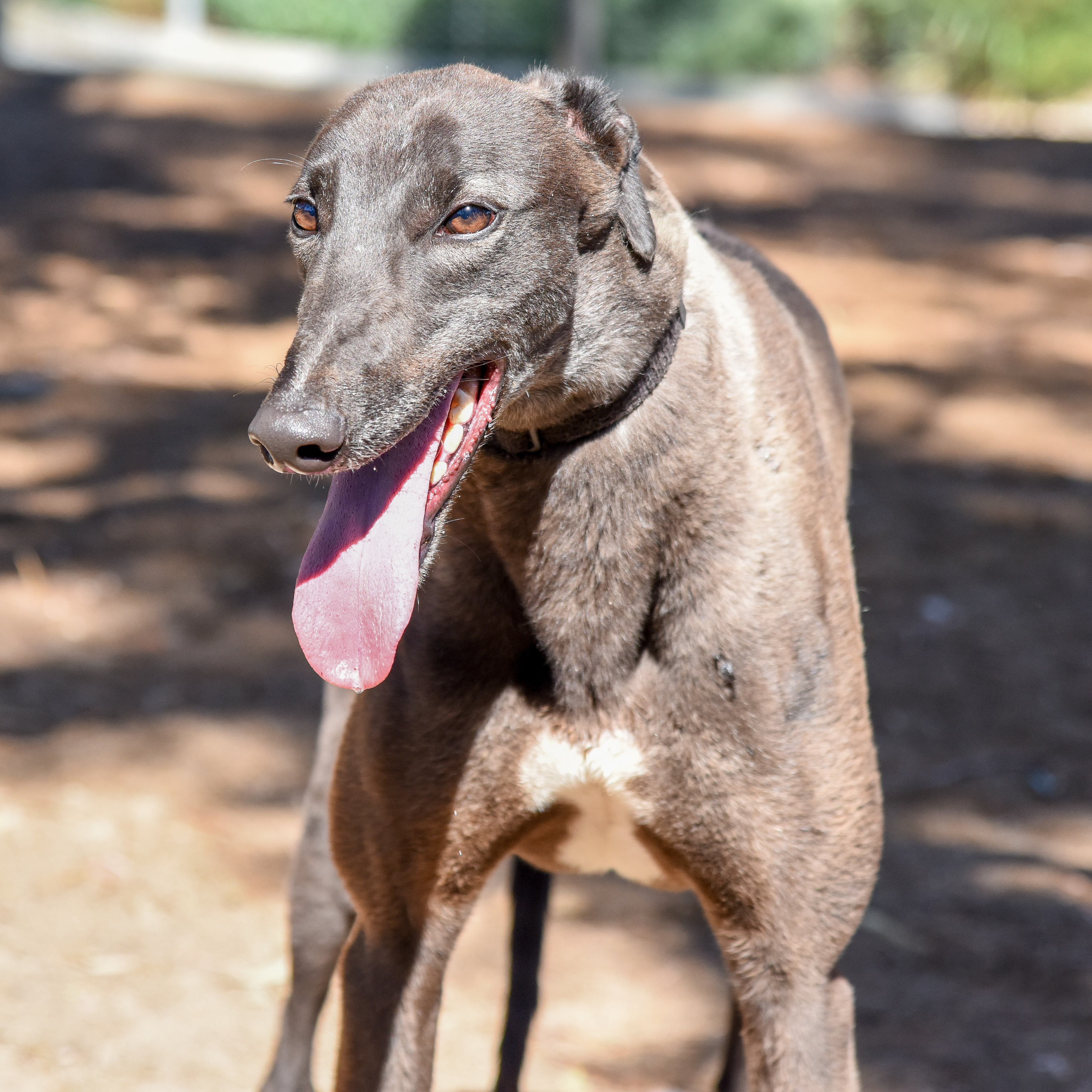
Colby
